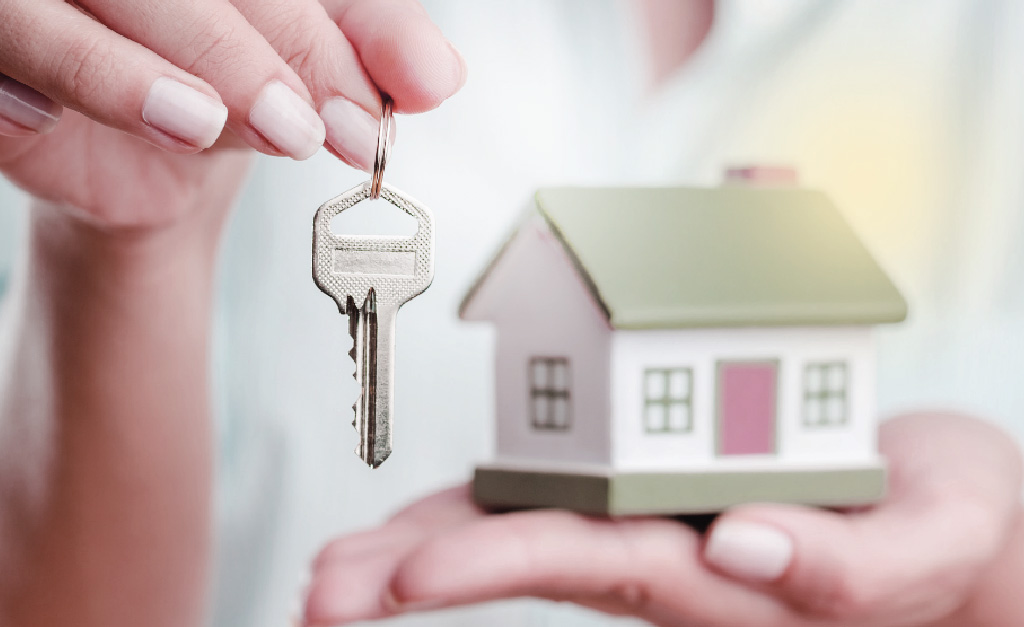No one loves it when costs rise. Also, as of late, it can seem like the expense of everything is going haywire. One thing that is certainly getting more costly? Building a house.
As of late, the expense of materials has climbed essentially, which thusly has likewise expanded the expense of development work. All out recreation costs, including materials and retail work, rose 16.7% at the public level in the United States from July 2020 to July 2021, reports Verisk, an information examination, and hazard appraisal firm
What does this have to do with my mortgage holder’s insurance contract?
You likely understand that your mortgage holder’s insurance installment might go up over the long haul. This can occur for different reasons — like a new history of documented claims, or a change to evaluating models in your state.
One of the variables engaged with those evaluating models is remaking costs (RC). Reproduction costs allude to the assessed sum it would cost to reconstruct your home without any preparation, were it to be obliterated in a horrendous situation.
You set a specific measure of what’s known as Dwelling Coverage (otherwise known as ‘Inclusion A’) when you pursued mortgage holders’ protection. By and large, you’d need to have adequate inclusion to match what it would cost to remake your home.
Why precisely are reproduction costs rising?
The economy is a muddled monster, with 1,000,000 complex components. In any case, at the gamble of oversimplification, there are three significant justifications for why the ongoing remaking cost for your home might be higher than it was a couple of years prior. We should make a plunge.
Read Also: Buying Guide
Cost of supplies
Basically, the materials used to remake your home are getting more costly. Specifically, a blunder — the lumber or the wood that probably shapes the structure of your home. In Feb 2021, Softwood costs are around 112% higher than they were in February 2020, as indicated by Random Lengths, a main autonomous columnist of wood market costs in North America.
Change in labor rates
Rates paid to development laborers are expanding. “Consolidated hourly retail work rates expanded 4.1% from July 2020 to July 2021, up marginally from the 3.8% expansion recorded from April 2020 to April 2021,” reports Verisk. Work costs for handymen expanded the most, at 4.9%.
Presently, it’s anything but something terrible that workers are directing higher wages — they really buckle down, and merit it! — yet it has the thump on impact of expanding what it would cost to revamp your home in case of a catastrophe.
Tariffs & trade wars
A levy is a duty on imports or products, commonly between two nations. In 2018, the United States government started impressive new, higher taxes on steel, aluminum, and timber from various nations — China specifically.
These levies sway the expenses of imported materials; costs can become unstable, and duties frequently lead to transportation and handling delays at ports. So, it includes administrative migraine development organizations and can make the entire cycle more costly. Prepare to have your mind blown. That all streams down to you, the buyer.
Regardless of where you are in the home purchasing venture, we bet you’re to some degree somewhat acquainted with home protection, however you may not realize that it will cost you about $1,680 every year overall. Purchasing a house is difficult, and getting property holders’ protection is an absolute necessity for inner serenity as a homebuyer, yet in addition to meeting your home loan banks’ prerequisites.
What is the average cost of homeowners insurance?
Cross country, the typical property holder’s insurance payment is $1,680 every year, or around $140 per month, as indicated by the latest report by Value Penguin.
Obviously, normal expenses can shift broadly relying upon where you reside, going from a low of $781 in Delaware to $3,383 in Colorado.
What factors impact your homeowner’s insurance rates?
The cost of your protection can fluctuate essentially, contingent upon factors like your home’s condition, area, deductible, and how much inclusion you really want. We should dig a piece further into this.
The following are 5 factors that can figure out what you’ll pay your safety net provider for your home insurance contract:
Read Also: Dinar Chronicles
Your state
Property holders’ protection contrasts from one state to another. States with a higher opportunity of catastrophic events, by and large, have higher charges than states that don’t. For instance, Louisiana, Texas, Florida, Oklahoma, Kansas, Mississippi, and Rhode Island have the most noteworthy charge for property holders’ protection. It’s no happenstance that Florida, Texas, and Louisiana are beachfront states and can experience a few pretty insane tempests, and Oklahoma and Kansas are bang in the center of Tornado Alley.
The states with the least expensive protection rates are, (except for Wisconsin) in the west, where catastrophic events like tropical storms, windstorms, cyclones, and hail are by and large less continuous. Hawaii, Vermont, Utah, New Hampshire, and Nevada have probably the least home protection rates.

